There will only ever be one Toller
There is only one Toller.
You don’t need to say Cranston to flesh out the spirit of the man: Creative. Flamboyant. Outspoken. Voraciously well read. Colourful. Generous. Prickly.
Toller was a diva. A master of outrageous one-liners. A big spender. A clever self-marketer. A larger-than-life guy who always cut to the chase.
And perhaps, a lonely artist, gone too soon at age 65. There’s a ghostly photo of him walking out of his San Miguel de Allende studio into the Mexican light, a lone figure, reluctantly leaving his work behind.
In his book, “Zero Tollerance,” Cranston noted: “I spent 20 years looking for love (any kind of love) without finding it. The subset of that, ironically, is that at the end of 20 years, I’m not sure that I would have recognized it if I had found it. It might have been right under my nose, but I didn’t have the sensibilities to discern it.”
He always walked his own path. He was an island, even in his own family, he once said. His mother left him nothing in her will. She didn’t support his skating. At the 1974 world championship in Munich, Toller had her kicked out of the rink. His father, an ex-football quarterback, was by Toller’s admission, a kindly man with whom he had no bond. His father once said he was immensely proud of his son, but Toller would never let him become close. “He has always been that way,” Monty Cranston once said. “Out there on his own.”
One of Cranston’s toughest crosses to bear, so he said, was his failure to win an Olympic gold medal in 1976. He took home bronze instead. He later said that loose end largely dictated his “lust for acceptance and recognition.” And that it led to “exaggerated personal behaviours and ruinous conspicuous consumption,” he said.
His novel skating style was not always accepted by the establishment. (When he won his Canadian junior title at age 14, his placements ranged from 1st to 22nd, he said.) Nor was his art accepted. Canadian art has been described by some as the “frozen art of a frozen people.” But Cranston’s work burst with warm colour, arabesque forms and exotic Silk-Road characters. He was completely an outsider. Perhaps his fantasy art wasn’t taken seriously. To Cranston, it was very serious, an expression of his inner vision.
“Do you have any paintings by Toller Cranston in your gallery?” Maia-Mari Sutnik, a curator at the Art Gallery of Ontario was asked after Cranston’s death. “No,” she replied quickly. “His work doesn’t fit into any of our collections. His work is decorative art. And then he left the country. He wasn’t part of the community. If you have a Toller Cranston piece, just keep it and enjoy it.”
In June of 2011, Cranston was awarded an honorary doctor of law degree at Carleton University, where he addressed a convocation of students. “This is important to me,” he told the begowned ones. “This is the first time I’ve received a pat on the head.”
Ron Shaver, a contemporary of Toller, who pushed him to the max at Canadian championships, knew the artist-skater since he was six years old. “I don’t think he was ever anyone that people got close to,” Shaver said. “He just didn’t let people in. “
Shaver burst into tears when he heard that Toller had died.
Cranston was well known for his conspicuous consumption, so rampant that at age 40, he sold the entire contents of his Toronto home at an auction at Waddington’s in Toronto, hoping to stem the over-the-top collecting and pay for a new abode in Mexico. But in Mexico, it eventually continued apace. “Usually it means that something is missing in your life,” said one of his best friends, Thom Hayim. “When he goes on a spending spree, I know he’s feeling inadequate.”
Other close friends acknowledge that he was a lonely man. “He lived a very independent, alone life,” said Clive Caldwell, who has known Cranston for almost 44 years. “But he was never alone. He was always the life of a party. He wasn’t the guy sitting in a corner, feeling sorry and sad because he was alone. He was hell bent and determined to take over the world, and he was trying to do it every day.”
Caldwell never felt that Cranston missed anything or that he wanted more. He was a driven painter, and hated distraction. Solitude was necessary to create.
“He always used to ask me things like: ‘What’s it like to have a partner?’” said John Rait, an ice dancer who has known Cranston since he was 16. “He didn’t understand how normal people lived and how those relationships worked. He was always quick to ask: “Well, what happens then, and how does that work? Or how do you feel when that happens?’ He was interested in how other people existed, but I think his existence was so rarified.’
Everywhere Cranston went, people followed. He was always surrounded by people. Some of his friends called it “the circus.”
“And everybody wanted something from him,” Rait said. “Everybody was there to take and very few people were there to give. Those are the people that have stayed with Toller over the decades: the givers. The takers have come and gone several times. And there’s always somebody new.”
Toward the end of his life, however, Cranston was getting the “circus” under control and many of the people in his life were the givers, generally concerned about his welfare. Some helped him sort out financial issues. He was in a good place, at peace, calmer than he’d ever been. He began to paint in pastel hues, rather than the fulgent reds and blues. The future looked bright.
His death stunned his long-time coach Ellen Burka. “I think now he’s in peace,” she said. “I think now at least he can smile. He lived his last years in a most beautiful environment.”

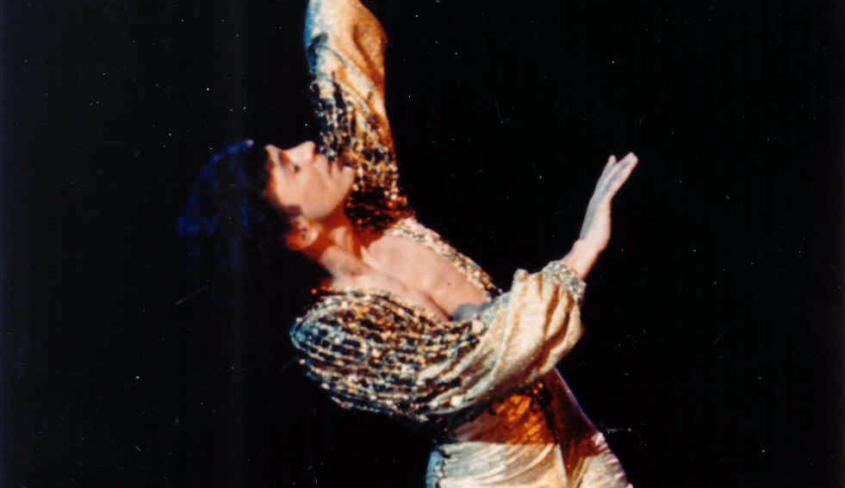
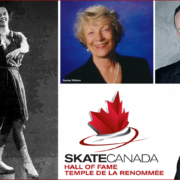

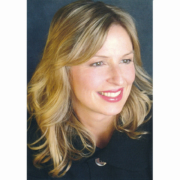
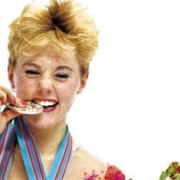

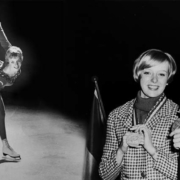

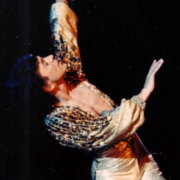


Leave a Reply
Want to join the discussion?Feel free to contribute!